Discover 11 hidden attractions, cool sights, and unusual things to do in Paducah (United States). Don't miss out on these must-see attractions: The National Quilt Museum, River Discovery Center, and St. Francis de Sales Catholic Church. Also, be sure to include Lloyd Tilghman House in your itinerary.
Below, you can find the list of the most amazing places you should visit in Paducah (Kentucky).
Table of Contents
The National Quilt Museum
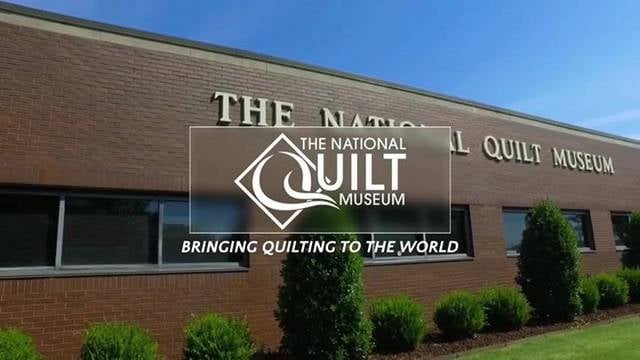
Museum in Paducah, Kentucky. The National Quilt Museum, located in Paducah, Kentucky, is an art museum that exhibits fiber art and quilting from around the world. The museum is recognized by USA Today as one of the world's top quilt displays. This textile museum supports local and expert quilters by providing workshops and other educational activities.
The National Quilt Museum was established by Bill and Meredith Schroeder of Paducah and opened to the public on April 25, 1991. It is the only museum dedicated to contemporary quilts and quiltmakers. The main gallery is devoted to a rotating selection from the museum's collection of over 600 quilts. Its two other galleries exhibit rotating fiber art exhibits throughout the year. Its founding executive director was Victoria Faoro. The museum also features a traveling exhibit that is made up of quilts and fiber art.
In addition, the museum also offers educational opportunities for adults and kids at all skill levels. In 1993 the museum hosted the first African American Quilters Forum and in 1995 the museum developed "Gatherings", an exhibit and conference celebrating quilt documentation projects completed across the country.
The museum was honored in May 2008 when the U.S. Congress designated it the National Quilt Museum of the United States. May Louise Zumwalt, former executive director of the museum, said "Though it does not mean we will receive national funding, it does recognize that we are a quilt museum with national significance." This designation brings additional attention and helps increase the number of visitors. The museum averages 40,000 visitors per year.
In June 2011 writer and consultant Frank W. Bennett became chief executive officer of the museum.[1]
Address: 215 Jefferson St, 42001-0714 Paducah
River Discovery Center

Museum, Specialty museum
Address: 117 S Water St, 42001-0787 Paducah
St. Francis de Sales Catholic Church

Church building in Paducah, Kentucky. The St. Francis DeSales Roman Catholic Church is a historic church building at 116 S. 6th Street in Paducah, Kentucky. It was built in 1899 and, together with its 1927-built rectory, was added to the National Register of Historic Places in 1979.
It is a Classical Revival-style building named for St. Francis de Sales.[2]
Address: 116 S 6th St, 42001-6849 Paducah
Lloyd Tilghman House

Museum. The Lloyd Tilghman House is an historic home located in downtown Paducah, Kentucky, United States. It is also known as the Tilghman-Woolfolk House and the Lloyd Tilghman House and Civil War Museum.[3]
Address: 631 Kentucky Ave, 42003-1725 Paducah
Brookport Bridge
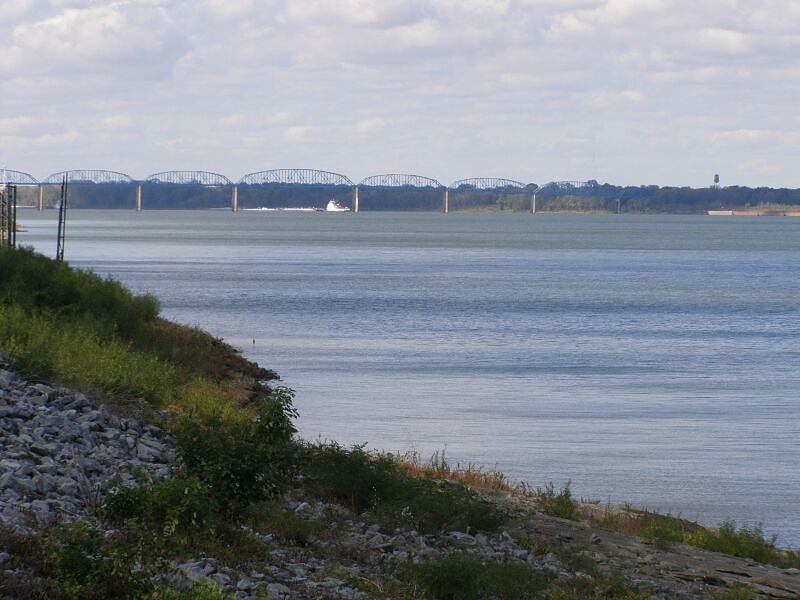
Truss bridge in McCracken County, Kentucky. The Brookport Bridge is a ten-span, steel deck, narrow two-lane truss bridge that carries U.S. Route 45 across the Ohio River in the U.S. states of Illinois and Kentucky. It connects Paducah, Kentucky, north to Brookport, Illinois.
The bridge is named after Irvin S. Cobb, an author and journalist who was born in Paducah. The bridge was originally built by a private company and operated as a toll bridge. The state of Kentucky subsequently purchased the bridge from its builders.[4]
Lloyd Tilghman Memorial
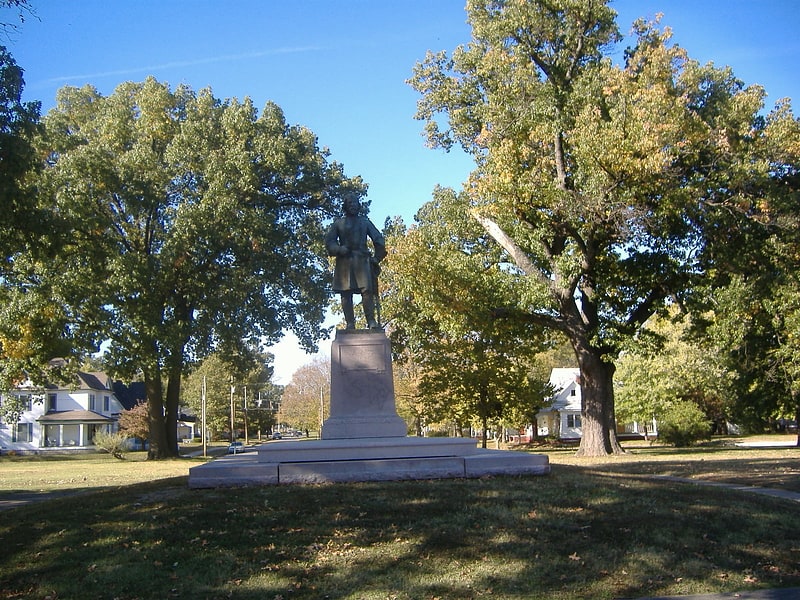
Historical landmark in Paducah, Kentucky. The Lloyd Tilghman Memorial is an historical statue located in Paducah Kentucky, honoring native son Lloyd Tilghman, a brigadier general for the Confederate States of America who died at the Battle of Champion Hill in May 1863.
Lloyd Tilghman was a native of Maryland that lived in Paducah from 1852 to 1861. joined the Confederate army on July 5, 1861 as a colonel, but was promoted to general the next October. He was placed in charge of the engineering of Fort Henry and Fort Donelson, succeeding another general, but was unable to stop the building of the militarily deficient Henry until too late. He was captured at the Battle of Fort Henry, and would not return to duty until the next Fall, which led to his death during the Vicksburg Campaign.
In 1909 it was decided to honor Tilghman. Tilghman's sons Frederick and Sidell and the United Daughters of the Confederacy jointly paid for the building of the monument, with the brothers paying $10,000 and the UDC paying $5,000.
The statue was made by Henry Hudson Kitson, then a resident of Boston, Massachusetts who immigrated from England. The statue depicting Tilghman is made of bronze, and is on top of a pink granite pedestal and base. The total height is twelve feet. The two bases are perfect squares of seventeen feet and 25 feet. The historical marker at the site was placed there by the Augusta Tilghman High School class of 1929.
On July 17, 1997, it was one of sixty-one different monuments to the Civil War in Kentucky placed on the National Register of Historic Places, as part of the Civil War Monuments of Kentucky Multiple Property Submission. One other monument on the list, the Confederate Monument in Paducah, is nearby. Tilghman's home in Paducah is also on the National Register, and currently serves as a museum.[5]
Fort Anderson
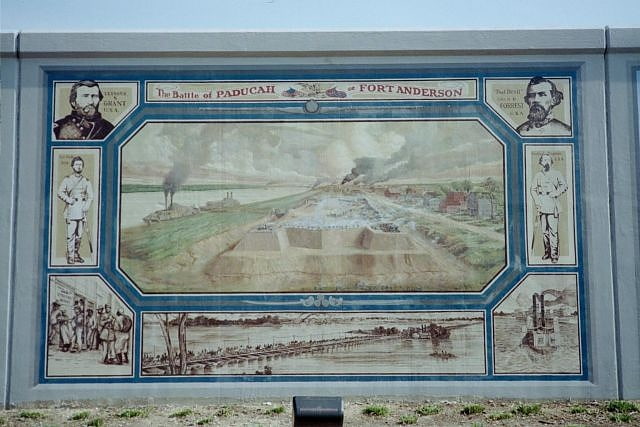
Fort Anderson, in Paducah, Kentucky was the site of the Battle of Paducah. Originally a supply depot, it was rebuilt as a seven-gun fort. Fort Anderson was 400 feet long and ran 160 feet toward the Ohio River, surrounded on the west, north and south by 50 foot ditches filled with water. The fort was commanded by Colonel Stephen G. Hicks, a federal commander. The fort was occupied by 665 men.
In March 1864, Confederate Major-General Nathan Bedford Forrest set out from Columbus, Mississippi, with a force of less than 3,000 men on a multipurpose expedition (recruit, reoutfit, disperse Yankees, etc.) into West Tennessee and Kentucky. He arrived in Paducah on March 25, and quickly occupied the town. The cavalry began destroying unwanted supplies, and took what they wanted, mainly horses and mules.
Fort Anderson was commanded by Union officers Col. Stephen G. Hicks and Lt. Cdr. James W. Shirk. They had support of two gunboats on the Ohio River, and refused to surrender.
A message was sent by Forrest to Hicks asking for unconditional surrender. The letter reads as follows:
Colonel: Having a force amply sufficient to carry your works and reduce the place, and in order to avoid the unnecessary effusion of blood, I demand the surrender of the fort and troops, with all public property. If you surrender, you shall be treated as a prisoner of war; but if I have to storm your works, you may expect no quarter. N.B. Forrest, Major-General, Commanding Confederate Troops.
Colonel Hicks answered with a letter of his own, which reads:
Sir: I have this moment received yours of this instant, in which you demand the unconditional surrender of the forces under my command. I can answer that I have been placed here by the Government to defend this post, and in this, as well as all other orders from my superiors, I feel it to be my duty as an honorable officer to obey. I must, therefore, respectfully decline surrendering as you may require. S.G. Hicks Colonel, Commanding Post
As a result, on March 25, 1864, at 4:30, the order to charge came from Forrest. Led by Colonel Albert P. Thompson, of Paducah, the Confederate cavalrymen swooped down on the fort. They were met with a barrage of grapeshot and canister from newly converted gunboats. They fell back, and then charged once more, only to meet with the same fierce barrage. The Confederates entered homes near the fort and began firing under cover of the houses. General Forrest gave the order to cease firing.
Although this is considered to be a Confederate victory, it was not a conflict that made any lasting changes.[6]
Paducah Railroad Museum
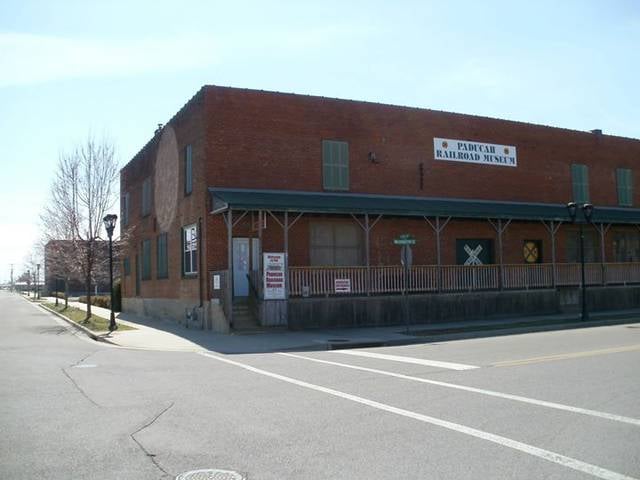
Museum, Specialty museum, History museum
Address: 200 Washington St, 42003-1557 Paducah
Grace Episcopal Church

Building in Paducah, Kentucky. Grace Episcopal Church is a historic church in Paducah, Kentucky.
The church is located at 820 Broadway in the historic centre of Paducah, close to the Lloyd Tilghman House and Civil War Museum.
A church has been on the site since 1846. The current building dates from 1873, the design of architect Henry Martyn Congdon, and was added to the National Register of Historic Buildings in 1976.
The church continues as an active centre of worship in the Diocese of Kentucky.[7]
Noble Park Pool
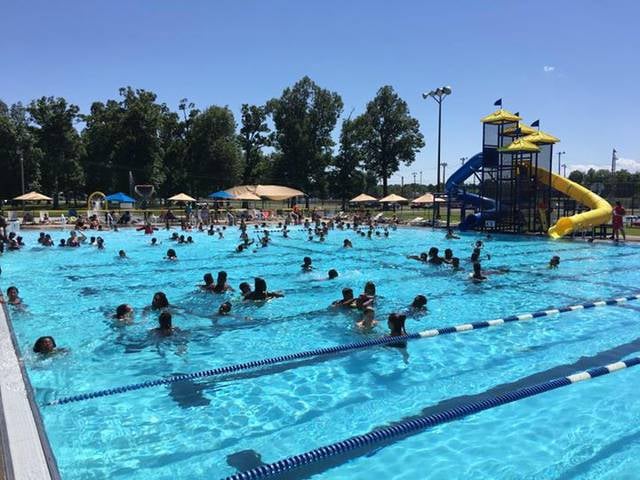
Park, Relax in park
Address: 2801 Park Ave, Paducah
David Yeiser House
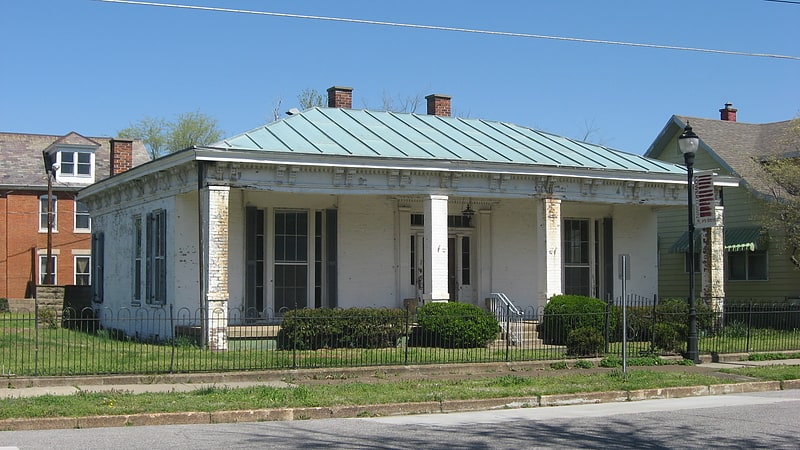
Museum in Paducah, Kentucky. The David Yeiser House is a historic residence on the western side of Paducah, a city in the far western part of the U.S. state of Kentucky. Built in the 1850s, it is named for an early resident who served as Paducah's mayor and presided over numerous civic improvements. One of the city's few Greek Revival houses predating the 1860s, it sits on the field of a battle that resulted in the destruction of most of the houses around it. Once operated as a museum for Paducah resident Alben W. Barkley, it has been named a historic site.[8]